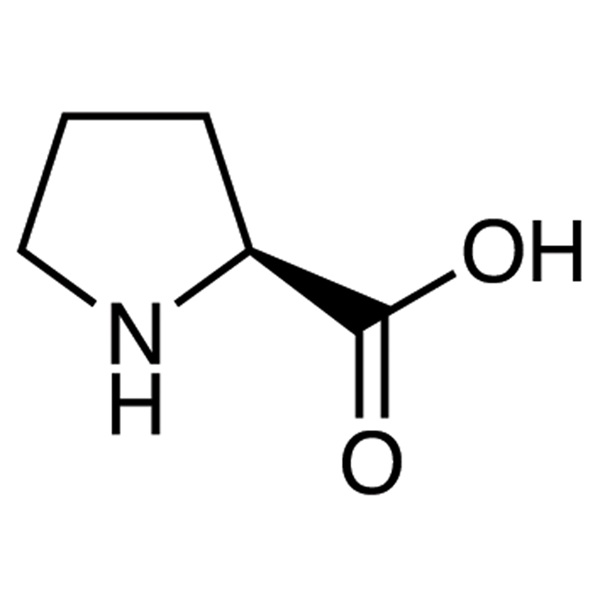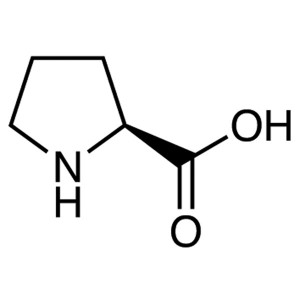L-Proline CAS 147-85-3 (H-Pro-OH) Assay 98.5~101.0% Factory High Quality
Shanghai Ruifu Chemical Co., Ltd. is the leading manufacturer and supplier of L-Proline (H-Pro-OH; Abbreviated Pro or P) (CAS: 147-85-3) with high quality, production capacity 2000 Tons per year. As one of the largest amino acids suppliers in China, Ruifu Chemical supplys amino acids up to international standards, such as AJI, USP, EP, JP and FCC standards. We can provide COA, worldwide delivery, small and bulk quantities available. If you are interested in L-Proline, Please contact: alvin@ruifuchem.com
| Chemical Name | L-Proline |
| Synonyms | H-Pro-OH; L-(-)-Proline; L-Pro; Abbreviated Pro or P; Laevo-Proline; Proline; (-)-Proline; (S)-(-)-Proline; (S)-Proline; (S)-Pyrrolidine-2-Carboxylic Acid; (S)-2-Pyrrolidinecarboxylic Acid; (-)-2-Pyrrolidinecarboxylic Acid; L-Pyrrolidine-2-Carboxylic Acid; L-α-Pyrrolidinecarboxylic Acid; (S)-2-Carboxypyrrolidine |
| Stock Status | In Stock, Production Capacity 2000 Tons per Year |
| CAS Number | 147-85-3 |
| Molecular Formula | C5H9NO2 |
| Molecular Weight | 115.13 |
| Melting Point | 228℃(dec.) (lit.) |
| Density | 1.35 |
| Sensitive | Hygroscopic |
| Water Solubility | Soluble in Water, H2O: 50 mg/mL, Almost Transparency |
| Solubility | Freely Soluble in Glacial Acetic Acid, Sparing Soluble in Ethanol. Practically Insoluble in Ether |
| Storage Temp. | Sealed in Dry, Store at Room Temperature |
| COA & MSDS | Available |
| Classification | Amino Acids |
| Brand | Ruifu Chemical |
| Hazard Codes | Xi,Xn |
| Risk Statements | R36/37/38 - Irritating to eyes, respiratory system and skin. R22 - Harmful if swallowed |
| Safety Statements | S24/25 - Avoid contact with skin and eyes. S36/37/39 - Wear suitable protective clothing, gloves and eye/face protection. S26 - In case of contact with eyes, rinse immediately with plenty of water and seek medical advice. |
| WGK Germany | 3 |
| RTECS | TW3584000 |
| F | 3-10 |
| TSCA | Yes |
| HS Code | 2933990099 |
| Items | Inspection Standards | Results |
| Appearance | White Crystals or Crystalline Powder; Slightly Sweet Taste | Conforms |
| Identification | Infrared Absorption Spectrum | Conforms |
| Specific Rotation [α]20/D | -84.5° to -86.0° (Dried Sample, C=4, H2O) |
-85.51° |
| State of Solution (Transmittance) | Clear and Colorless ≥98.0% | 98.5% |
| Chloride (Cl) | ≤0.020% | <0.020% |
| Sulfate (SO4) | ≤0.020% | <0.020% |
| Ammonium (NH4) | ≤0.020% | <0.020% |
| Iron (Fe) | ≤10ppm | <10ppm |
| Heavy Metals (Pb) | ≤10ppm | <10ppm |
| Arsenic (As2O3) | ≤1.0ppm | <1.0ppm |
| Other Amino Acids | Chromatographically Not Detectable | Conforms |
| Loss on Drying | ≤0.30% (at 105℃ for 3 hours) | 0.16% |
| Residue on Ignition (Sulfated) | ≤0.10% | 0.07% |
| Assay | 98.5 to 101.0% (Titration, as Dry Basis) | 99.7% |
| pH Test | 5.9 to 6.9 (1.0g in 10ml of H2O) | 6.2 |
| Ninhydrin-Positive Substances | Conforms | Conforms |
| Origin | From Non-Animal Source | Conforms |
| Residual Solvents | Conforms | Conforms |
| Conclusion | Meets AJI97; EP; USP; JP Testing Specifications | |
| Main Uses | Amino Acids; Food Additives; Pharmaceuticals; Nutritional Supplement | |
L-Proline (H-Pro-OH) (CAS: 147-85-3) AJI 97 Test Method
Identification: Compare the infrared absorption spectrum of the sample with that of the standard by potassium bromide disc method.
Specific Rotation [α]20/D: Dried Sample, C=4, H2O
State of Solution (Transmittance): 1.0g in 10ml of H2O, spectrophotometer, 430nm, 10mm cell thickness.
Chloride (Cl): 0.7g, A-1, ref: 0.40ml of 0.01mol/L HCl
Ammonium (NH4): B-1
Sulfate (SO4): 1.2g, (1), ref: 0.50ml of 0.005mol/L H2SO4
Iron (Fe): 1.5g, ref: 1.5ml of Iron Std. (0.01mg/ml)
Heavy Metals (Pb): 2.0g, (1), ref: 2.0ml of Pb Std. (0.01mg/ml)
Arsenic (As2O3): 2.0g, (1), ref: 2.0ml of As2O3 Std.
Other Amino Acids: Test Sample: 30μg, B-6-a
Loss on Drying: at 105℃ for 3 hours.
Assay: Dried sample, 120mg, (1), 3ml of formic acid, 50ml of glacial acetic acid, 0.1mol/L HCLO4 1ml=11.513mg C5H9NO2
pH Test: 1.0g in 10ml of H2O
L-Proline (H-Pro-OH) (CAS: 147-85-3) USP35 Test Method
DEFINITION
Proline contains NLT 98.5% and NMT 101.5% of L-Proline (C5H9NO2), calculated on the dried basis.
IDENTIFICATION
A. INFRARED ABSORPTION <197K>
ASSAY
PROCEDURE
Sample: 110 mg of Proline
Blank: Mix 3 mL of formic acid and 50 mL of glacial acetic acid.
Titrimetric system
(See Titrimetry <541>)
Mode: Direct titration
Titrant: 0.1 N perchloric acid VS
Endpoint detection: Potentiometric
Analysis: Dissolve the Sample in 3 mL of formic acid and 50mL of glacial acetic acid. Titrate with the Titrant. Perform the Blank determination.
Calculate the percentage of Proline (C5H9NO2) in the Sample taken:
Result = {[(VS-VB) x N x F]/W} x100
VS= volume of Titrant consumed by the Sample (mL)
VB= volume of Titrant consumed by the Blank (mL)
N= actual normality of the Titrant (mEq/mL)
F= equivalency factor, 115.1 mg/mEq
W= Sample weight (mg)
Acceptance criteria: 98.5%~101.5% on the dried basis
IMPURITIES
RESIDUEON ON IGNITION <281>: NMT 0.4%
CHLORIDE AND SULFATE, Chloride <221>
Standard solution: 0.50mL of 0.020 N hydrochloric acid
Sample: 0.73g of Proline
Acceptance criteria: NMT 0.05%
CHLORIDE AND SULFATE, Sulfate <221>
Standard solution: 0.10mL of 0.020 N sulfuric acid
Sample: 0.33g of Proline
Acceptance criteria: NMT 0.03%
IRON <241>: NMT 30ppm
HEAVY METALS, Method I <231>: NMT 15ppm
RELATED COMPOUNDS
System suitability solution: 0.4mg/mL each of USP L-Proline RS and USP L-Threonine RS in 0.1 N hydrochloric acid
Standard solution: 0.05mg/mL of USP L-Proline RS in 0.1 N hydrochloric acid. [NOTE-This solution has a concentration equivalent to 0.5% of that of the Sample solution.]
Sample solution: 10mg/mL of Proline in 0.1 N hydrochloric acid
Chromatographic system
(See Chromatography <621>, Thin-Layer Chromatography.)
Mode: TLC
Adsorbent: 0.25-mm layer of chromatographic silica gel mixture
Application volume: 5μL
Developing solvent system: Butyl alcohol, glacial acetic acid, and water (3:1:1)
Spray reagent: 2 mg/mL of ninhydrin in a mixture of butyl alcohol and 2N acetic acid (95:5)
System suitability
Suitability requirements: The chromatogram of the System suitability solution exhibits two clearly separated spots.
Analysis
Samples: System suitability solution, Standard solution, and Sample solution.
After air-drying the plate, spray with Spray reagent, and heat between 100° and 105° for 15 min. Examine the plate under white light.
Acceptance criteria: Any secondary spot of the Sample solution is not larger or more intense than the principal spot of the Standard solution.
Individual impurities: NMT 0.5%
Total impurities: NMT 2.0%
SPECIFIC TESTS
OPTICAL ROTATION, Specific Rotation <781S>
Sample solution: 40 mg/mL in water
Acceptance criteria: -84.3° to -86.3°
LOSSON DRYING <731>: Dry a sample at 105℃ for 3 h: it loses NMT 0.4% of its weight.
ADDITIONAL REQUIREMENTS
PACKAGING AND STORAGE: Preserve in well-closed containers.
USP REFERENCE STANDARDS <11>
USP L-Proline RS
USP L-Threonine RS
Package: Fluorinated Bottle, 25kg/bag, 25kg/Cardboard Drum, or according to customer's requirement.
Storage Condition: Hygroscopic. Store in sealed containers at cool, dry and ventilated warehouse away from incompatible substances. Protect from light and moisture. Incompatible with strong oxidizing agents.
How to Purchase? Please contact Dr. Alvin Huang: sales@ruifuchem.com or alvin@ruifuchem.com
15 Years Experience? We have more than 15 years of experience in the manufacture and export of a wide range of high quality pharmaceutical intermediates or fine chemicals.
Main Markets? Sell to domestic market, North America, Europe, India, Korea, Japanese, Australia, etc.
Advantages? Superior quality, affordable price, professional services and technical support, fast delivery.
Quality Assurance? Strict quality control system. Professional equipment for analysis include NMR, LC-MS, GC, HPLC, ICP-MS, UV, IR, OR, K.F, ROI, LOD, MP, Clarity, Solubility, Microbial limit test, etc.
Samples? Most products provide free samples for quality evaluation, shipping cost should be paid by customers.
Factory Audit? Factory audit welcome. Please make an appointment in advance.
MOQ? No MOQ. Small order is acceptable.
Delivery Time? If within stock, three days delivery guaranteed.
Transportation? By Express (FedEx, DHL), by Air, by Sea.
Documents? After sales service: COA, MOA, ROS, MSDS, etc. can be provided.
Custom Synthesis? Can provide custom synthesis services to best fit your research needs.
Payment Terms? Proforma invoice will be sent first after confirmation of order, enclosed our bank information. Payment by T/T (Telex Transfer), PayPal, Western Union, etc.
L-Proline (H-Pro-OH; Abbreviated Pro or P) (CAS: 147-85-3) is a neutral amino acid. Although proline is classified as an amino acid, it is strictly speaking an imino acid, since it contains an imino group (carbon-nitrogen double bond). Due to its cyclic pyrrolidine side chain it is classified as a nonpolar aliphatic amino acid.
Application
It is used in biochemical research, medicine for malnutrition, protein deficiency, gastrointestinal diseases, scald and postoperative protein supplement.
1. As an amino acid, it can supplement nutrients and is a raw material for amino acid infusion.
2. It is effective for hypertension and is an important intermediate for the synthesis of first-line antihypertensive drugs such as captopril and enalapril.
3. As a nutritional supplement, it can improve the resistance of tissues and increase the survival rate of callus. Flavors with sugar fever occurs amino-carbonyl reaction, can generate a special flavor substances. China GB 2760-86 provides can be used as a spice.
4. It can effectively alleviate the damage of salt stress to the mitochondrial structure of rice regenerated plants.
5. L-Proline is a non-essential amino acid. Peptides bond to proline, making it a useful building block for proteins. It can be used as a cell culture media component for the commercial biomanufacturing of therapeutic recombinant proteins and monoclonal antibodies.
6. L-Proline is used as asymmetric catalysts in organic synthesis and asymmetric aldol cyclization. It is an active component of collagen and involved in the proper functioning of joints and tendons. It finds uses in pharmaceutical, biotechnological applications due to its osmoprotectant property.
Function:
1. L-Proline and its derivatives are often used as asymmetric catalysts in organic reactions. The CBS reduction and proline catalysed aldol condensation are prominent examples.
2. L-Proline is an osmoprotectant and therefore is used in many pharmaceutical, biotechnological applications.In brewing, proteins rich in proline combine with polyphenols to produce haze.
3. L-Proline is one of the important amino acids for synthesizing human protein. It is widely used in the food and medical industry, and is an important intermediate for synthesizing ACE inhibitors such as Captopril and Enalapril. It is also one of the important raw materials of amino acid transfusion.
4. L-Proline has been used universally as food additive, catalyst and raw materials of fine chemical industry.
-
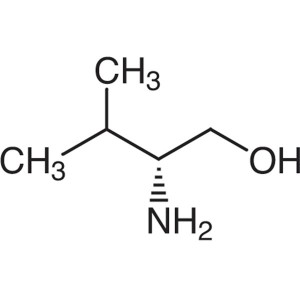
D-Valinol H-D-Val-ol CAS 4276-09-9 Assay ≥99.0%...
-
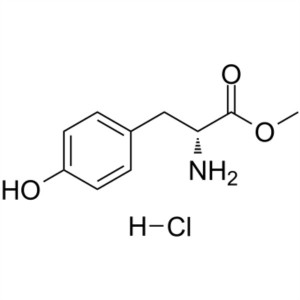
D-Tyrosine Methyl Ester Hydrochloride CAS 3728-...
-
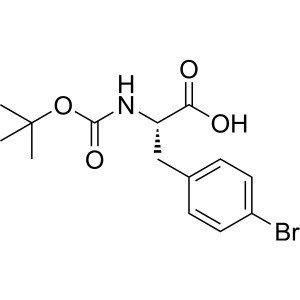
Boc-Phe(4-Br)-OH CAS 62129-39-9 Assay ≥98.0% (H...
-
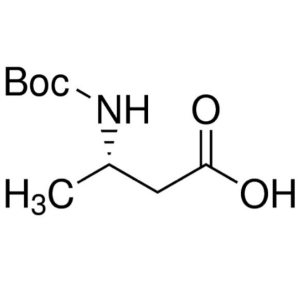
Boc-β-HoAla-OH CAS 158851-30-0 Boc-L-β-Homoalan...
-
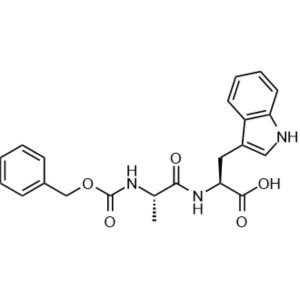
Z-Ala-Trp-OH CAS 119645-65-7 Z-L-Alanyl-L-Trypt...
-
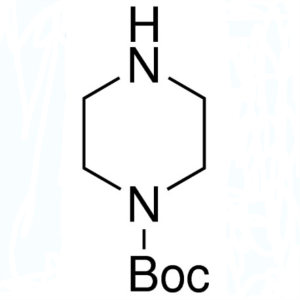
1-Boc-Piperazine CAS 57260-71-6 Purity >99.5% (...

